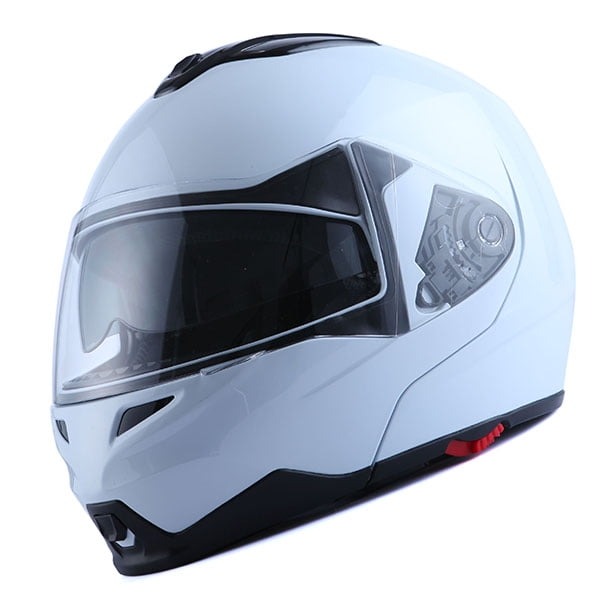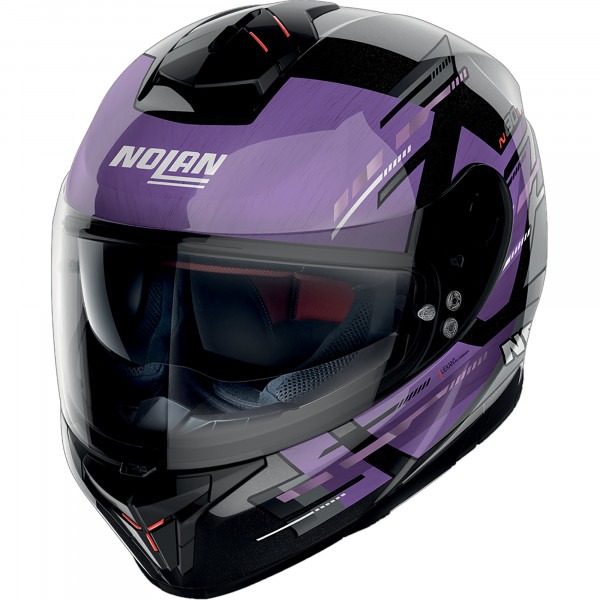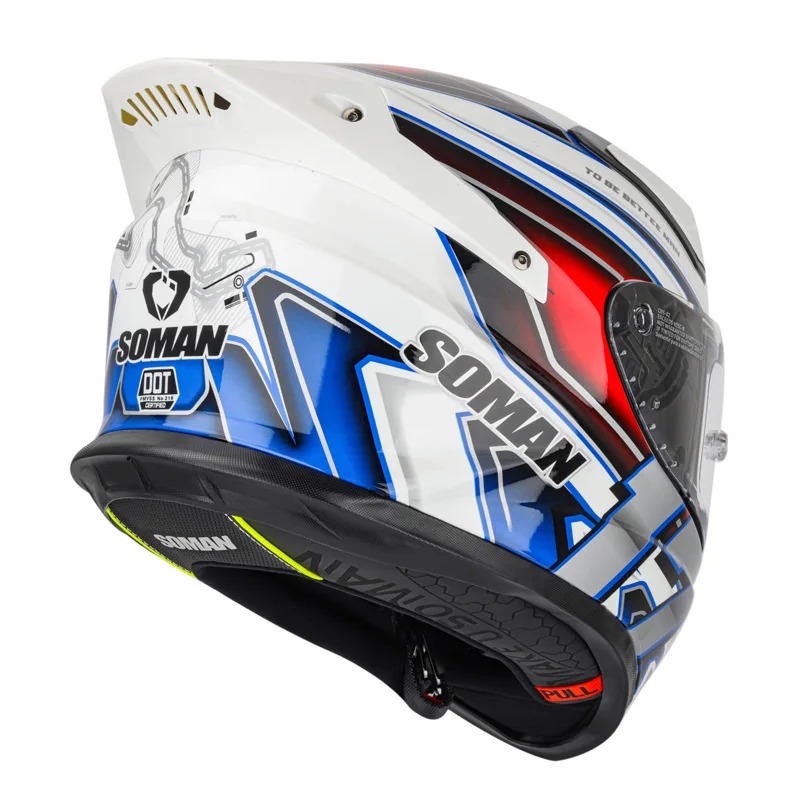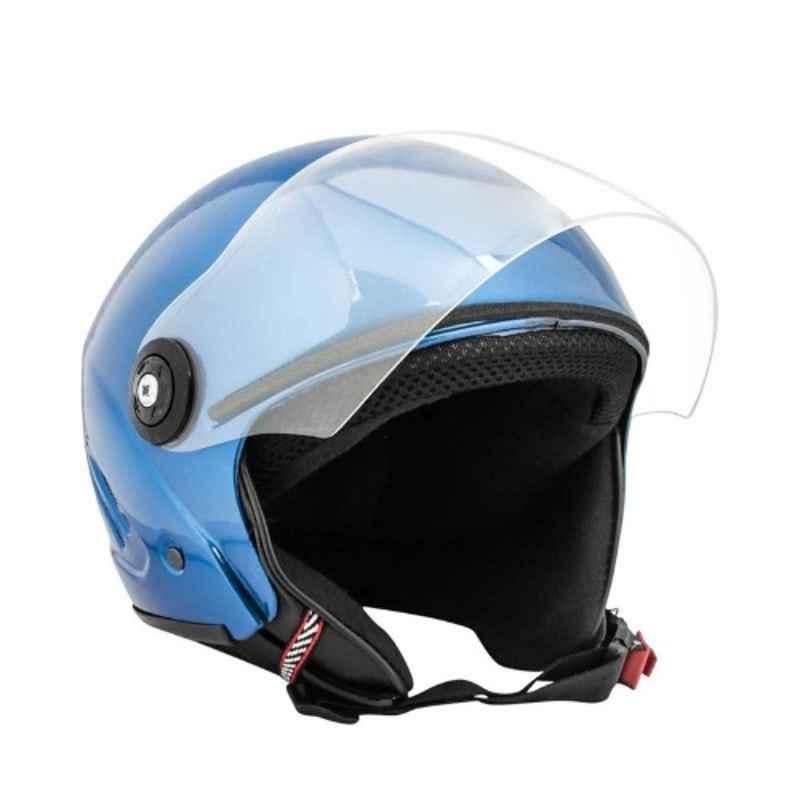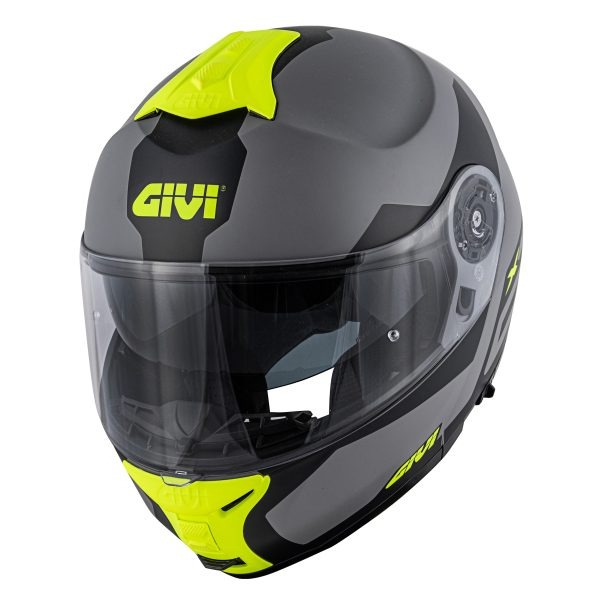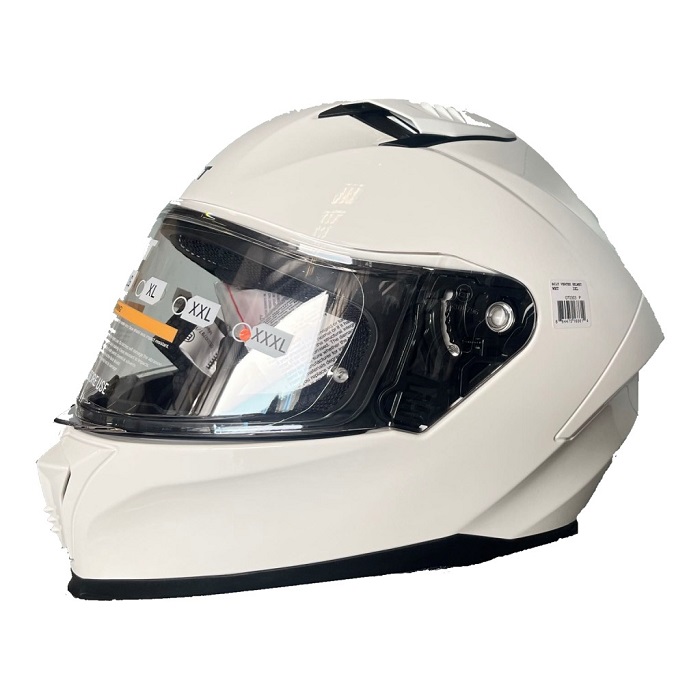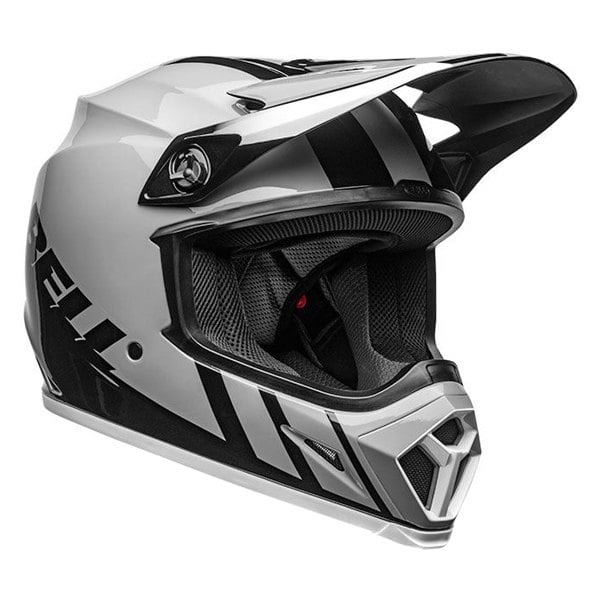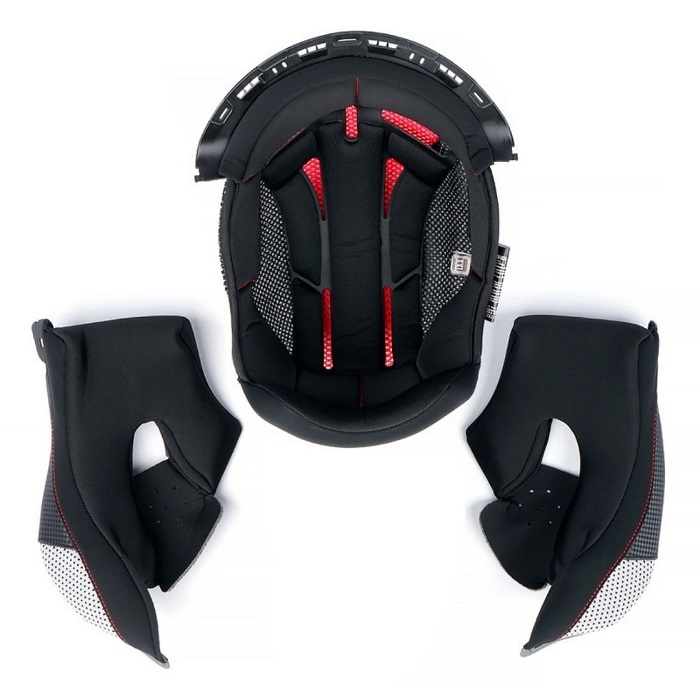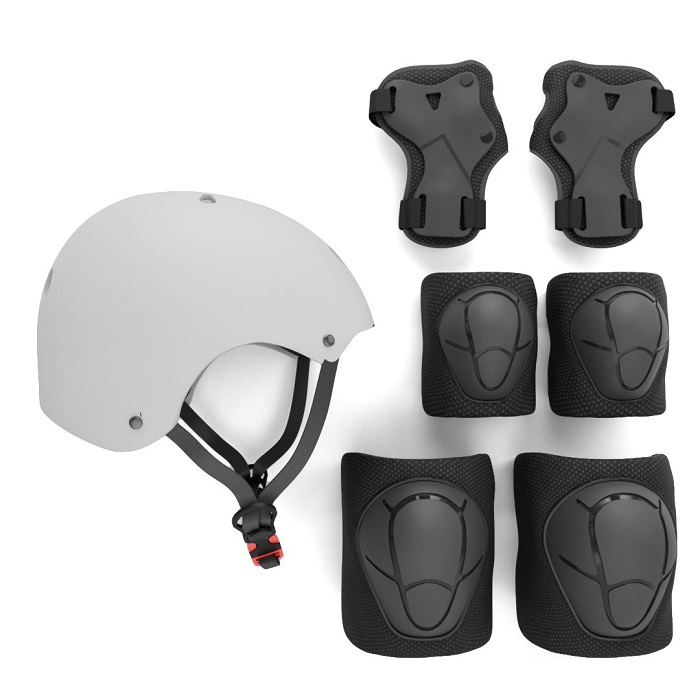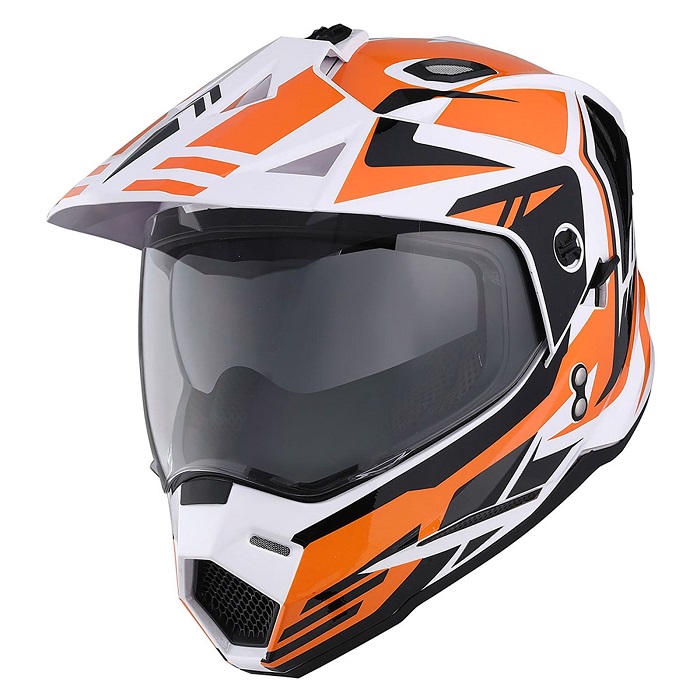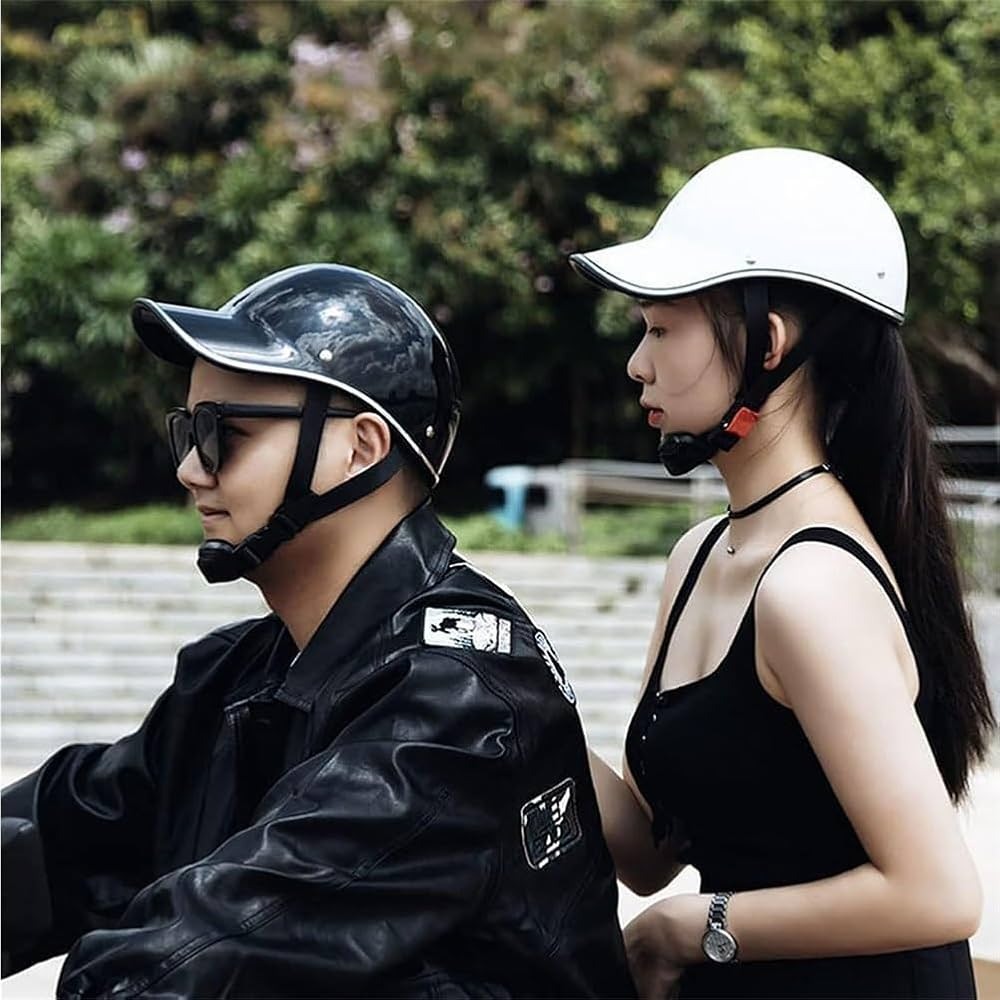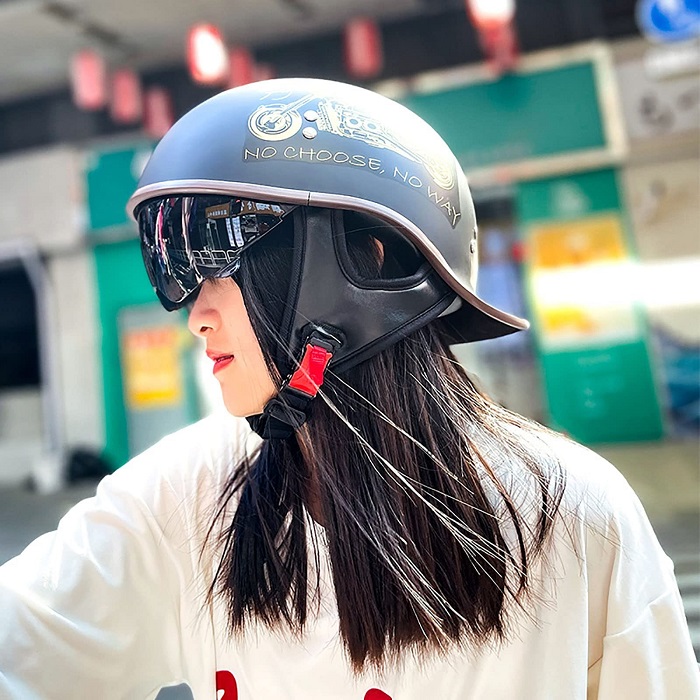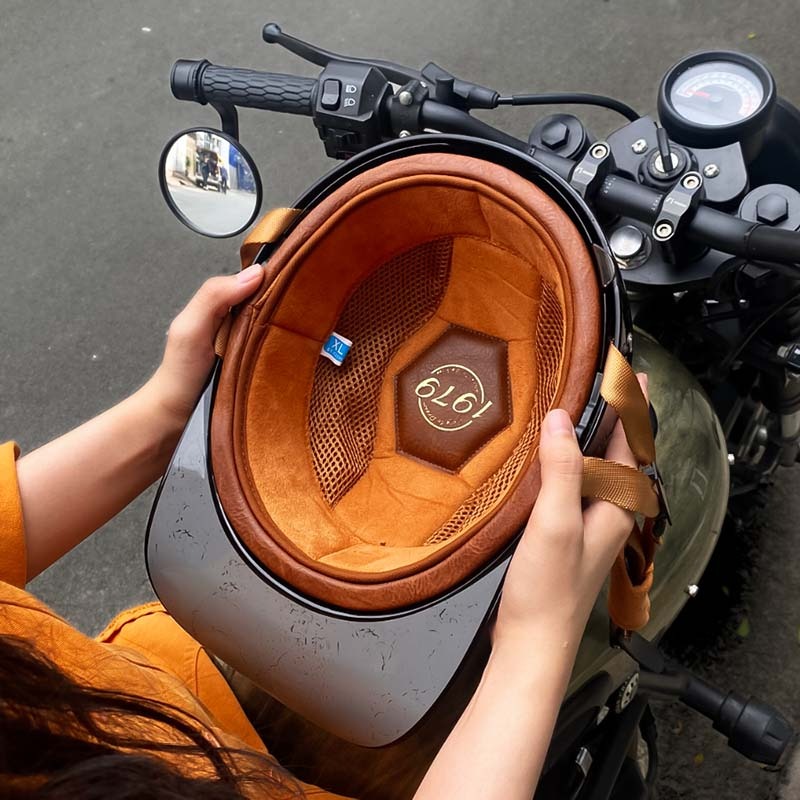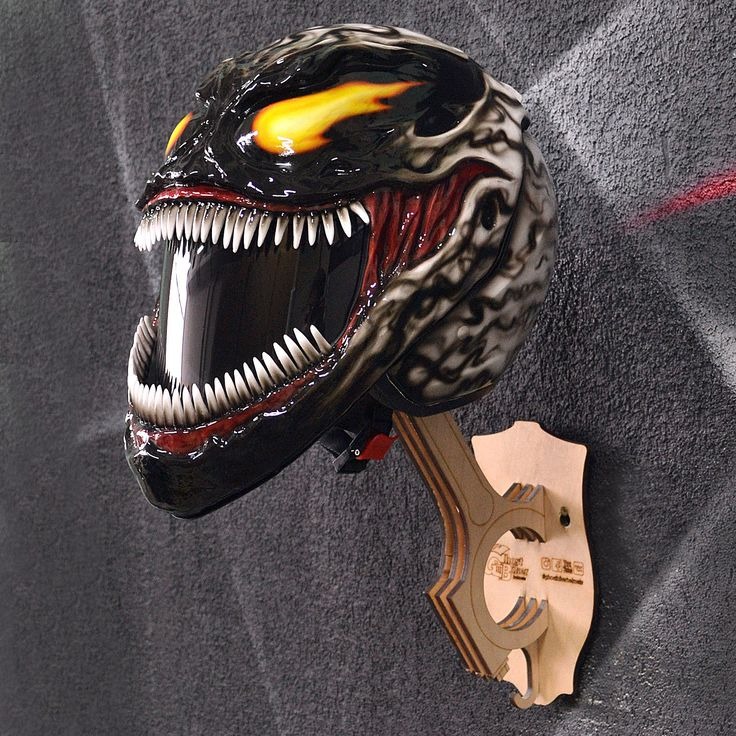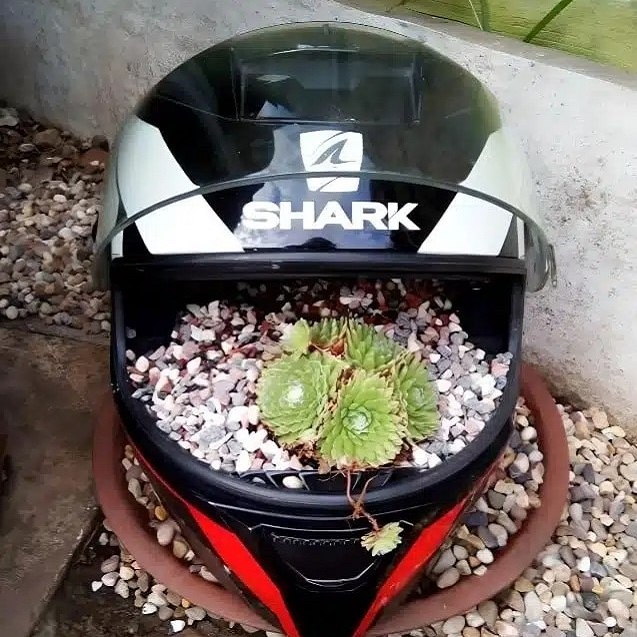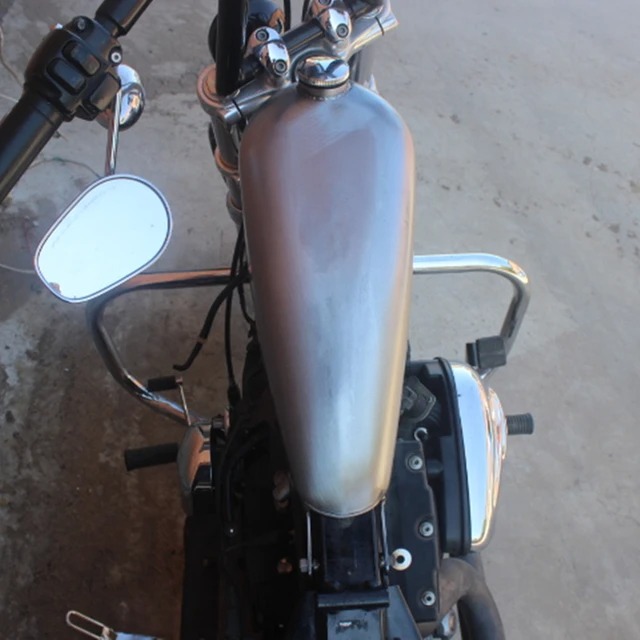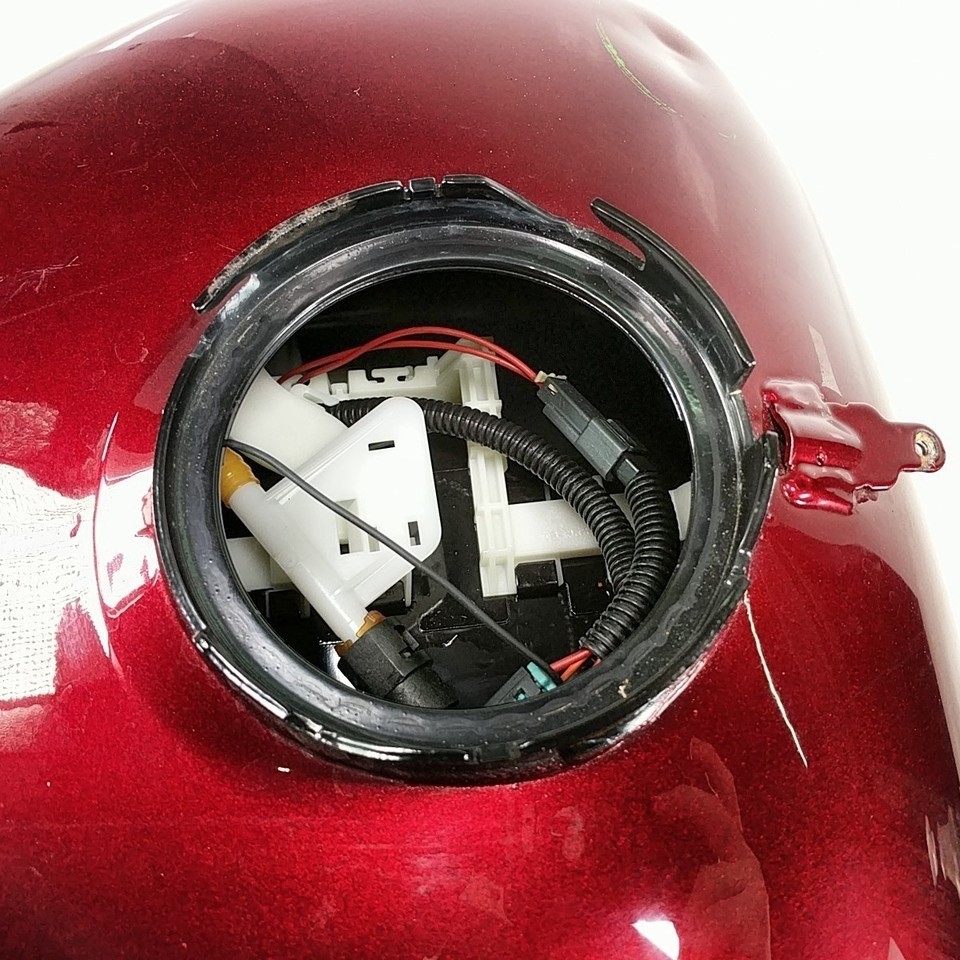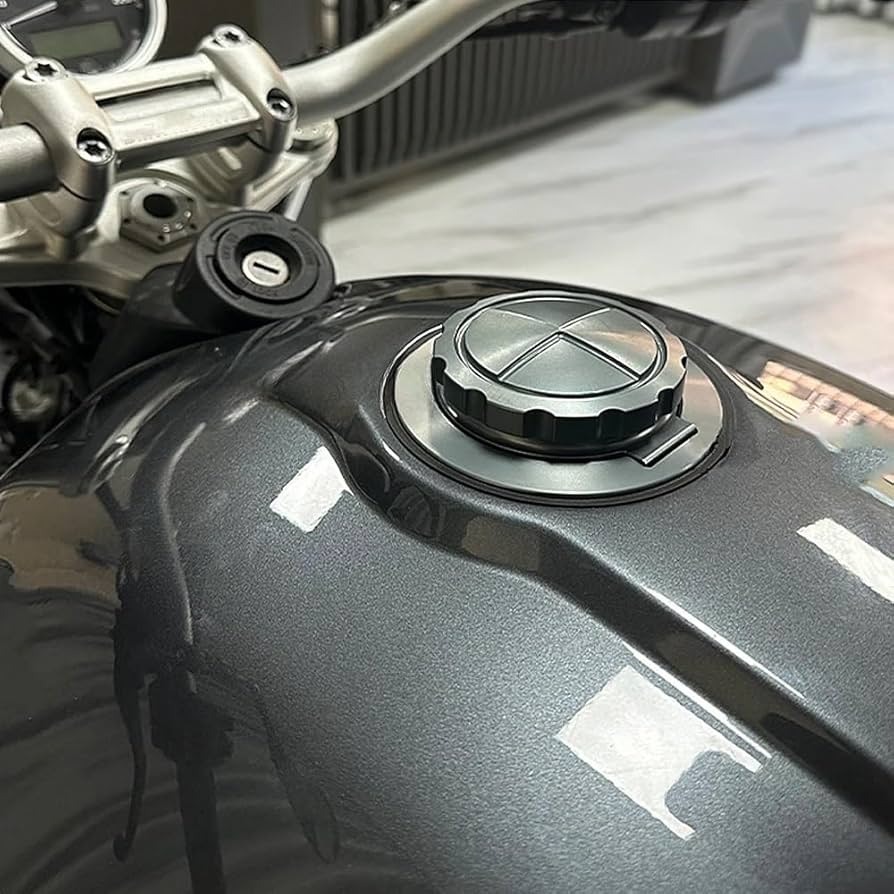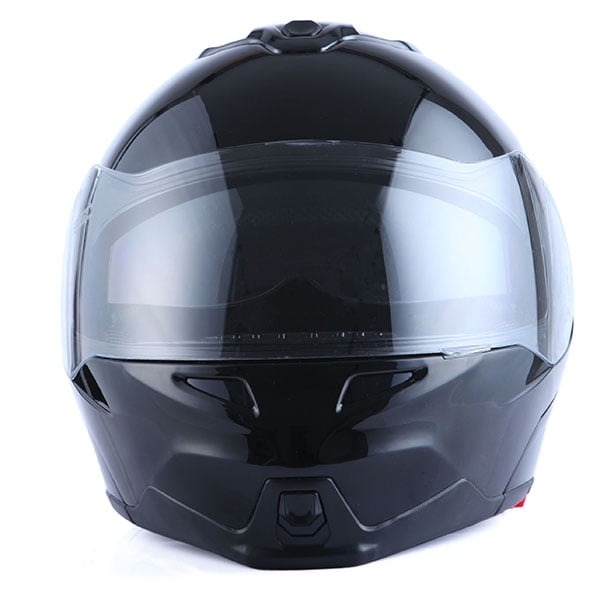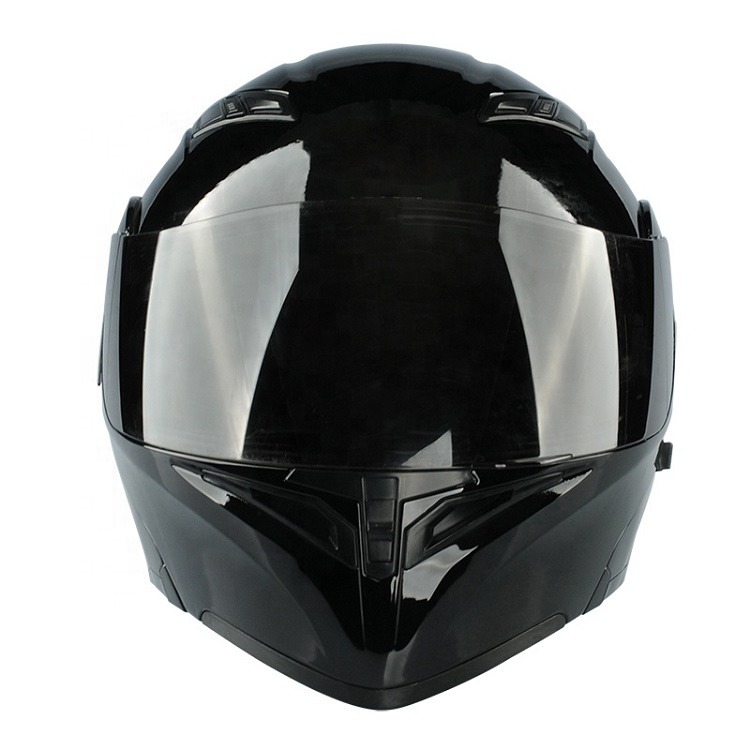Jan 20, 2025
Mastering How to Put on a Motorcycle Helmet: A Guide
Putting on a motorcycle helmet correctly is crucial for ensuring safety, comfort, and optimal performance while riding. Understanding how to put on a motorcycle helmet properly can make a significant difference in your riding experience. This guide delves into the essential steps and considerations, ensuring that you secure your helmet effectively every time you hit the road.
Steps to Putting on a Motorcycle Helmet
Wearing a motorcycle helmet is a key safety practice for all riders. Here’s a simple guide to make sure your helmet fits correctly every time you ride.
Step 1: Position the Helmet on Your Head
Place the helmet evenly on your head. Ensure it feels stable and covers your forehead without pressing too hard.
Step 2: Secure the Helmet With Straps
Pull the straps apart and position them below your chin. Don’t twist the straps to avoid discomfort.
Step 3: Adjust the Strap Through D-rings
Thread the long strap through both D-rings. Then loop it back through the closest D-ring.
Step 4: Tighten the Strap for a Snug Fit
Pull the free end of the strap until it’s tight yet comfortable, allowing no more than a two-finger gap between the strap and your chin.
Step 5: Snap the Excess Strap
If your helmet has a snap, connect it to prevent the strap from flapping. This keeps your vision clear.
Step 6: Final Check Before Your Ride
Do a quick wiggle test to ensure the helmet doesn’t move too much. Check that your vision is not obstructed and you’re ready to go.
Choosing the Right Helmet Size
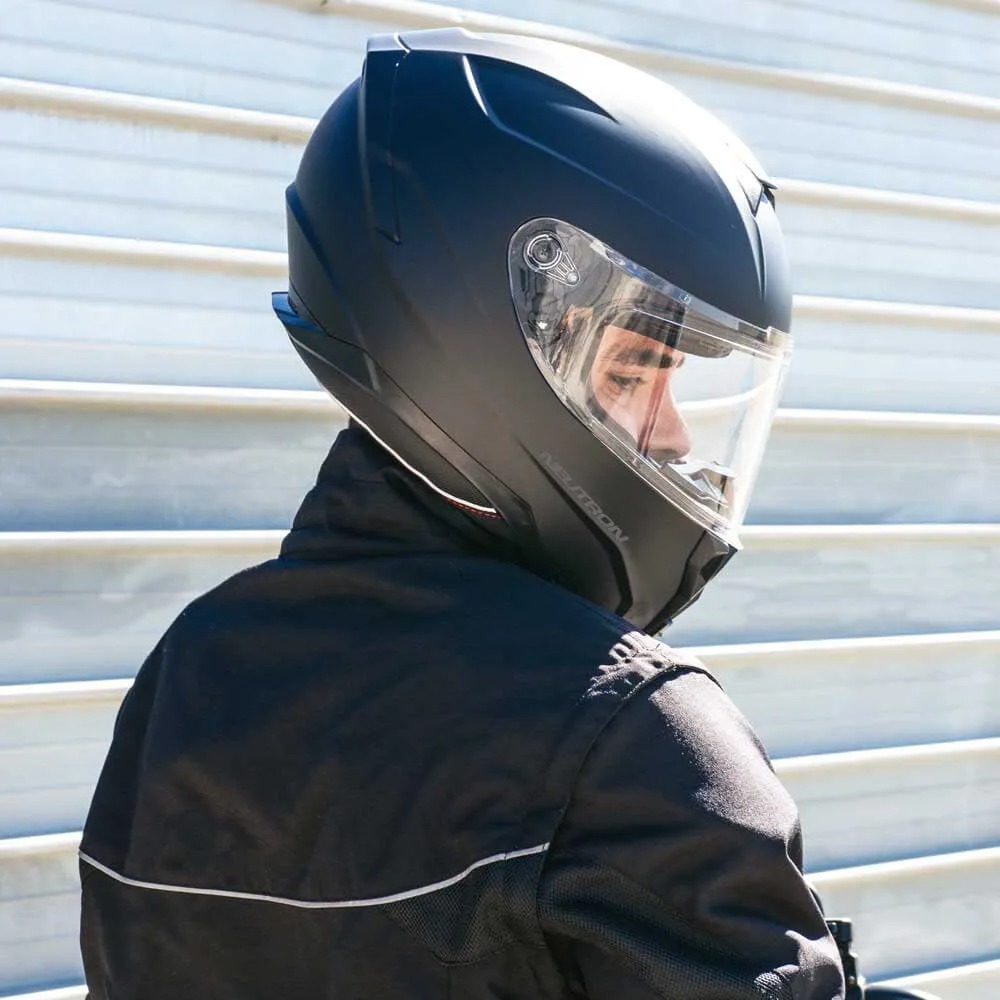
Selecting the right helmet size is crucial for your safety while riding. If your helmet does not fit well, it can’t protect you effectively in case of an accident. A proper fit means the helmet is snug on your head, but not too tight. It should not wobble or move around as you ride. Sizing your head properly ensures comfort and can significantly reduce the risks during your journey.
Importance of a Proper Fit
A helmet that fits properly is vital for several reasons. Here are the key points:
- Safety: A well-fitted helmet stays on your head during an accident.
- Comfort: Avoid headaches and distractions from an ill-fitting helmet.
- Visibility: Proper fitment ensures you have an unobstructed view of the road.
Measuring Your Head for the Correct Helmet Size
To ensure that you choose the right helmet size, follow these steps:
- Use a Tailor’s Tape: Measure around your head, one inch above your eyebrows.
- Write Down the Measurement: Note the circumference in inches or centimeters.
- Find Helmet Sizing Charts: Match your measurement to the manufacturer’s size chart.
- Try on Different Sizes: Sometimes, the chart may not be accurate for your head shape, so trying on several helmets is wise.
Remember to check the helmet’s fit after adjustments to guarantee not only safety but also the pleasure of your ride.
Adjusting Your Helmet Straps
Adjusting your helmet straps is crucial for optimal safety. Follow these steps to make sure your helmet is securely fastened.
How to Adjust the Straps for Optimal Safety
- Position the straps: Make sure the straps sit beneath your chin, not twisted.
- Thread the strap: Pull the long strap through both D-rings on the other side.
- Loop back: After threading, loop the strap back through the closest D-ring.
- Pull for tightness: Adjust the strap by pulling the free end to ensure a snug fit.
- Two-finger rule: There should only be enough space for two fingers between your chin and the strap.
Tips for Ensuring a Secure Fit with D-rings
- Check for twists: Ensure your straps are flat against your skin, with no twists.
- Practice makes perfect: With time, adjusting your helmet straps will become second nature.
- Mirror check: Use a mirror when adjusting the straps to get a better view.
- Listen for clicks: If your helmet has a snap button, listen for a click to know it’s secured.
- Regular checks: Always check strap tightness before each ride to maintain safety.
Checking Helmet Fit and Comfort
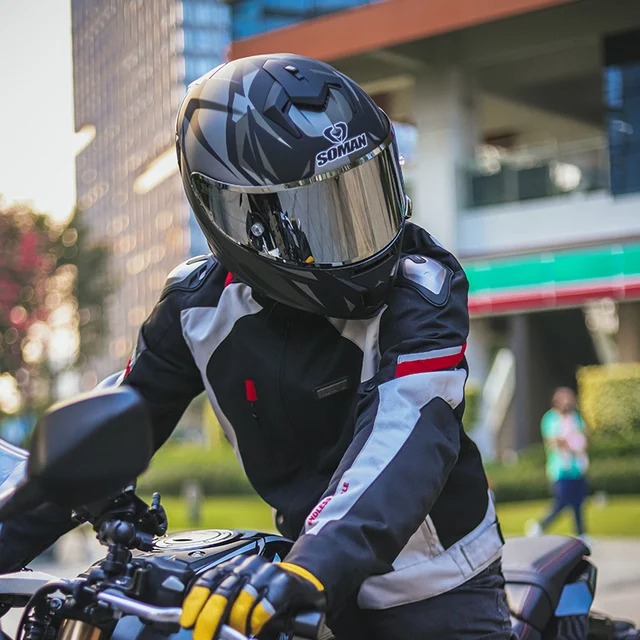
Once you’ve selected the appropriate helmet size and adjusted the straps, the next step is to verify the overall fit and comfort. This is a crucial part of wearing a motorcycle helmet, as discomfort can be a distraction and a poor fit can compromise safety.
Ensuring Correct Positioning of the Helmet
To ensure your helmet is correctly positioned, it should sit snugly on your head. The helmet’s front edge should be about an inch or so above your eyebrows. Make sure it doesn’t tilt back on your head or press into your forehead too hard.
Helmet Tightness: The Two-Finger Rule
Check the tightness of the helmet by applying the two-finger rule. Slide two fingers between the strap and your chin. If they fit snugly, the tightness is just right. If it’s too loose or too tight, adjust the strap accordingly.
The Vision Test to Confirm Proper Alignment
Lastly, assess the helmet’s alignment with a simple vision test. Your eyes should line up with the center of the helmet’s visor opening. If you can see the edge of the helmet, it may not be aligned properly, potentially obstructing your vision.
Common Mistakes When Wearing a Motorcycle Helmet
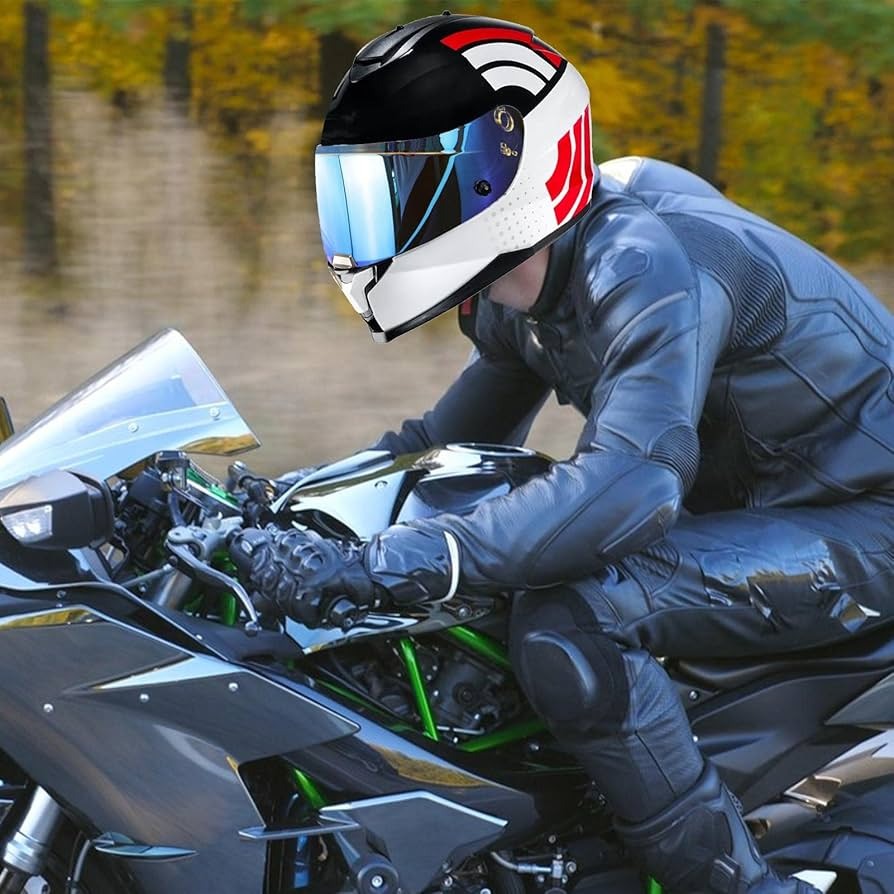
Wearing a motorcycle helmet correctly is as important as selecting the right size. As an expert in safety gear, I’ve seen a few common errors riders make.
The Dangers of Improper Helmet Fit
Improperly fitting helmets pose serious risks. If loose, helmets won’t stay in place during a crash. Too tight, they cause discomfort and distract you while riding.
- Wrong size: A helmet too large or small can slide off or pinch.
- Strap neglect: Failing to adjust straps can leave your helmet unsecured.
- Carelessness: Not following the proper steps to wear a helmet can be dangerous.
Remember, safety should always be your priority when on a motorcycle. Avoiding these mistakes is crucial.
How to Recognize a Poorly Fitted Helmet
Identifying a poorly fitted helmet is key to ensuring your protection.
- Shakiness: The helmet wobbles on your head while you move.
- Pressure points: You feel specific areas pressing into your head.
- Easy slippage: The helmet shifts easily when touched or during movement.
- Strap gaps: More than a two-finger gap under the chin strap indicates a loose fit.
Be attentive to these signs to ensure your helmet offers maximum protection and comfort.
Maintenance and Care for Your Motorcycle Helmet
A motorcycle helmet is not just about wearing it correctly; it needs regular maintenance and care.
Inspecting Your Helmet Before Every Ride
Check your helmet before each ride for signs of wear and tear.
- Look for cracks or damage to the shell.
- Examine the straps for fraying or signs of stress.
- Ensure the padding is intact and the visor is clear.
- Test the fit again, even if it was snug the last time.
Regular checks keep you safe and your helmet functioning properly.
When to Replace Your Motorcycle Helmet
Knowing when to replace your helmet is crucial for your safety.
- After a significant impact or accident, replace your helmet.
- If you notice large cracks, structural damage, or severe wear, it’s time for a new one.
- Helmet manufacturers suggest replacing helmets every 5 years.
- Update your helmet if it doesn’t meet current safety standards.
Always use a helmet that provides maximum protection and fits the safety criteria.
More Details